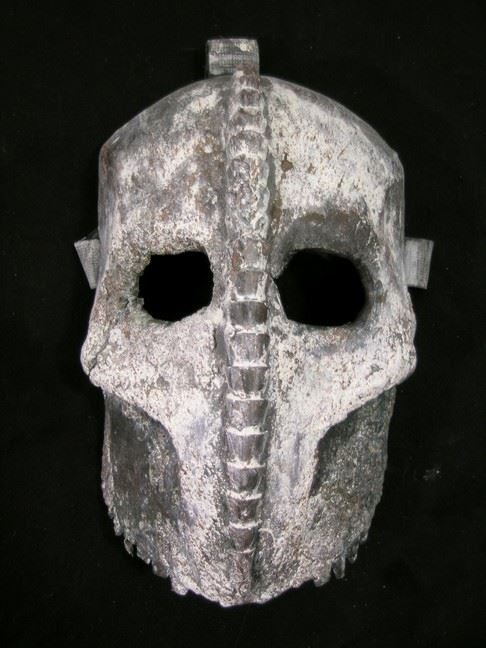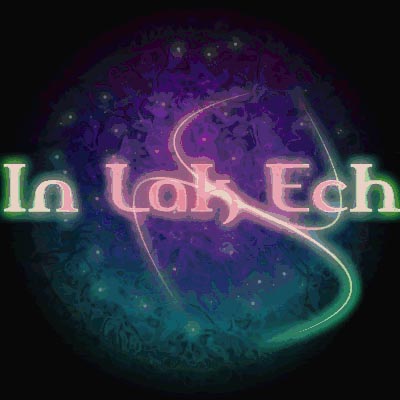The Warrior’s Mask
The mask is a vital aspect of Toltec mythos; it is also an integral part of shamanism, as a whole.
Don Juan said a warrior can wear any mask they like, however, there comes a time when the mask, must be removed. This is because of the need to be authentic, which is the quest of the warrior – They thus must show their true face at some time. A mask of permanence is pointless; There is no point wearing a mask, if there is no face beneath… In the African religion of Orisha which is pure shamanism; the practitioners traditionally believed, that daily life depends on proper alignment and knowledge with one’s Orí… This is the Head or the Personae – it is the determinant. The Head represents in turn the Soul or one’s destiny. Masks can be physical or they can be metaphysical; most people wear masks of one kind or another. Most people, put on a different mask as they go about their daily business; never letting the mask down – they have a mask for each occasion! Within the process of becoming a warrior however, the warrior must learn to drop the mask and present a true face. It is part of becoming conscious…

However, the mask is obviously a powerful and useful tool for the warrior. The mask can be a thing of terrifying significance – for example when entering battle – a warrior, enraged, with a mask is expressionless – the masked is a necessity – hiding the warrior’s agony, blood lust, nervousness, and fear, and creates a static image of warrior ready for battle – unflinching!
The Cumans – the fierce Warriors of the Steppe; whose warrior elite were known for wearing iron masks, shaped and formed in the likeness of a human face.
The Immortals were an elite infantry division of 10,000 soldiers in the army of the Achaemenid Empire. These Immortals wore Mengu-style metal masks, which appeared to be inhuman or disfigured faces. Japanese warriors, the Samurai, wore also fearsome masks.
The purpose of the mask is best demonstrated, I believe, in the masks of the African indigenous peoples; in the tribes of the great continent. African tribal masks play an important role in their traditional rituals and ceremonies. When used in ceremony and ritual they ensured a good harvest, address tribal needs, in times of peace or war, and convey spiritual presence in burial rituals. Some masks represent the spirits of dead ancestors. Others symbolise totem animals, creatures important to a tribe or family group. In many African tribes, masks symbolise the unseen, supernatural forces which benefit the communities. The mask is also intrinsically linked to the initiation of the warrior. The young warrior goes into the bush for his initiation, and he wears the mask for the first time, in his bid for manhood.

The Kpelie mask is a fine example of a face mask. This mask is not directly attached to the dancer’s head but is held in front of the face as part of the costume or head covering. Members of poro, a Senufo initiation association, wore small, finely carved face masks as insignia. The masks, known as kpeliye’e, feature delicate oval faces with geometric projections at the sides. Raised and incised scarification patterns ornamented, their smooth glossy surfaces. The feathers and animal horns attached reflected the power to counteract negative forces. One particular type of mask, called the Tiriki Seclusion Mask, represents the transition into adulthood. Young men must wear this fullbody mask for six-months, while entering a period of total seclusion as they train for the adult world. But it is only in the wearing and then removing the mask; that the contrast is created – a bid to become the true Self.
After all…
“What you hide in your heart, appears in your eyes”
~ Imam Ali

